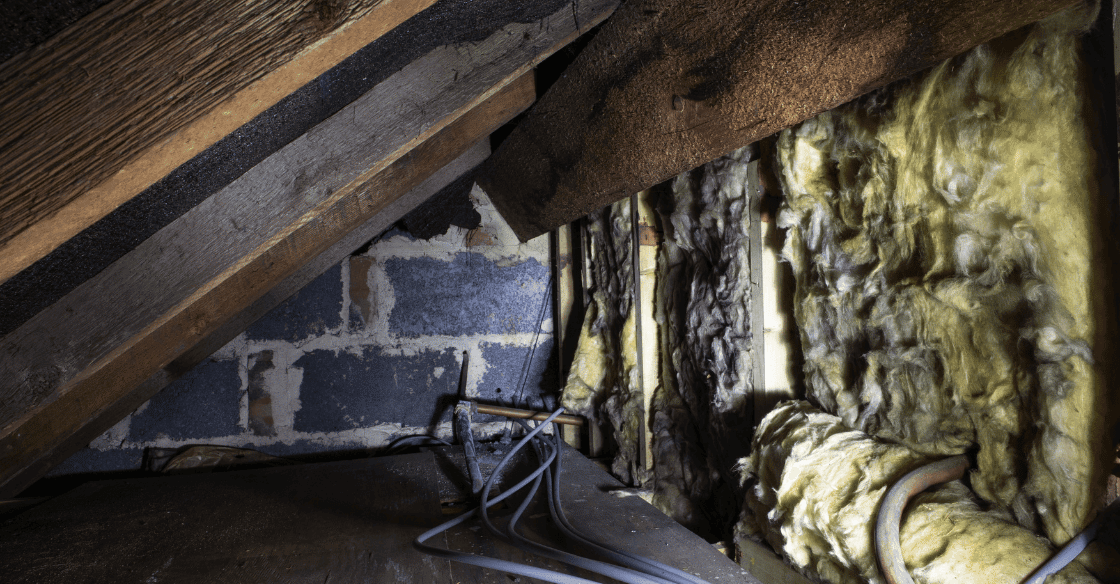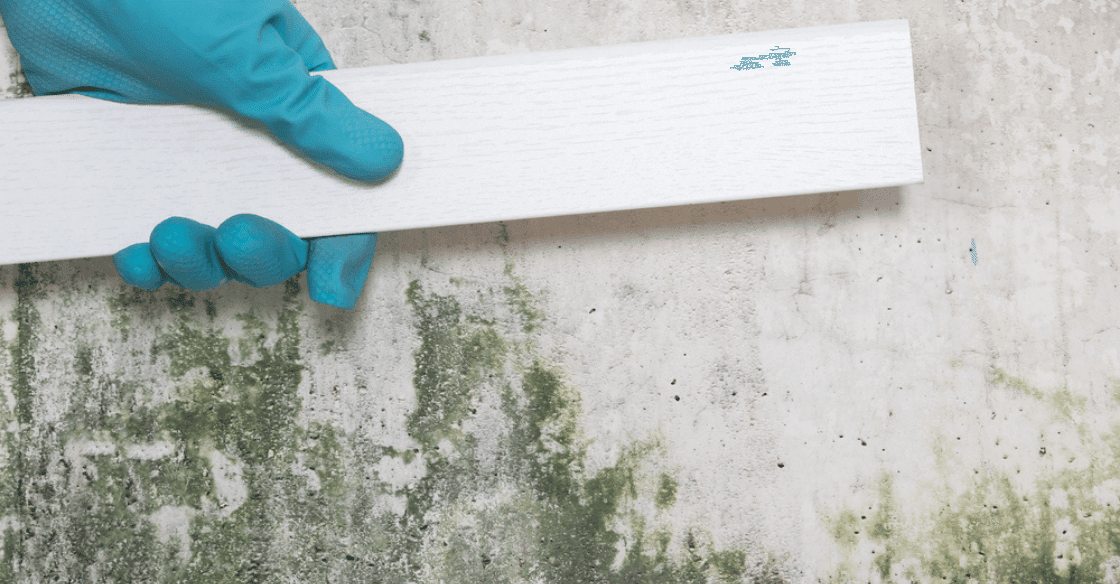Your crawl space is an essential but often overlooked part of your home. Many homeowners rarely think about their crawl space because it’s underneath your home and is usually a very narrow space with nothing more than a dirt floor.
However, crawl spaces are critical to the health of your home because they often contain the systems that make your home function comfortably, such as ductwork, plumbing, electrical wiring, ventilation, insulation, and more.
If your crawl space contains mold, it can affect all these systems. And, if you’re wondering how much mold in a crawl space is acceptable, the answer is zero. This article will share our top tips on preventing mold in crawl spaces and what you can do if you discover that you have it.
The Dangers of Mold in Crawl Spaces
It’s a common misconception that because you can’t see your crawl space and no one hangs out in there, a little bit of mold is “no big deal.” Unfortunately, nothing can be further from the truth.
The dangers of leaving mold unchecked in a crawl space can lead to the release of toxic microscopic spores that make their way into your living space. Inhaling these spores can lead to a variety of health challenges for your family, including:
- Anxiety and depression
- Asthma
- Breathing problems
- Bronchitis
- Cognitive issues
- Coughing and wheezing
- Chronic fatigue
- Joint pain and weakness
- Migraines
- Recurring sinusitis
- Red, itchy eyes
- Skin rashes
- Stuffy nose
Mold can exacerbate these symptoms in people with compromised immune systems, so crawl space mold prevention is a top priority on your home maintenance checklist.
What Causes Mold in a Crawl Space?
Excessive moisture can cause mold growth in your crawl space. That moisture can occur naturally from the soil and dirt underneath your home. A leaky pipe or condensation can also contribute to higher moisture levels. Without proper ventilation, the moisture can build up and cause mold growth.

6 Ways to Prevent Mold Growth in Your Crawl Space
You can be proactive and prevent mold growth by taking a few precautionary steps. We’ve included six tips that can help avoid mold from forming in the first place.
Tip 1: Inspect your foundation walls.
The first step in crawl space mold prevention is to inspect the foundation walls. Look for cracks or leaks in walls, as well as holes or cracks in the ceilings. Even the smallest gap can allow moisture to seep in.
Tip 2: Check your gutters and downspouts.
You want to make sure to channel rainwater away from your house properly. If it’s flowing toward your home, then it’s a surefire recipe for mold. Ideally, you should direct water flow at least six feet from your home to prevent rainwater from pooling at or near your foundation.
Tip 3: Look for any leaks.
You might have to get your hands dirty for this one, but we recommend checking your crawl space two to three times per year. Inspect the pipes to ensure that none of them are leaking. You should also look for any plumbing leaks above ground too. Since water travels downward, a leak upstairs can easily make its way into your crawl space.
Tip 4: Insulate crawl space pipes.
Earlier, we mentioned that condensation collecting on pipes from fluctuating temperatures could elevate moisture levels in your crawl space, leading to mold. One way to prevent this from happening is to insulate the pipes.
Tip 5: Consider a vapor barrier.
Vapor barriers are unique materials that keep moisture out of your crawl space. Vapor barriers are made of a plastic or foil sheet designed to resist water through the floor, ceiling, wall, or roof. They prevent both the invasion of moisture and the condensation on surfaces.
If you already have a vapor barrier (also referred to as crawl space encapsulation), ensure you remove the original barrier to prevent odor or moisture from being trapped between the two layers.
Tip 6: Adequately ventilate your space.
Good ventilation airs out your crawl space, and in conjunction with a vapor barrier, is very effective in keeping everything perfectly dry. There are multiple ways to ventilate the area, such as:
- Divert a minimal amount of heated air from your HVAC system to the crawl space.
- Install a dehumidifier. Humidity levels shouldn’t be above 30-50%.
- Install an exhaust fan to move crawl space air outside.
- If you have a clothes dryer in your home, ensure the vent flows outside the crawl space.
Related Article: What are Ice Dams and how to prevent them?
How to Remove Mold Growth in Your Crawl Space
If you’ve already developed mold in your crawl space, it can be challenging to remove, but all hope is not lost. There are many different ways to approach the situation, including immediately disinfecting the area. However, without addressing the root cause of the mold, it will likely come back quickly.
Another, more strategic approach is to take control of the humidity. First, you’ll need to check wood moisture levels with a wood moisture meter to determine whether they are high. Anything over 20% can cause wood rot fungus, which destroys the wood (similar to termites’ effect). If you clean and disinfect your crawl space without eliminating the issue that led to the mold, you’ll be spinning your wheels and fighting an endless battle.
At Attic Projects, we take a six-step approach to mold remediation that includes appropriately ventilating the area, discarding moldy debris, and preventing the spread of mold to other areas of your home. Contact us to request a free inspection.
Recommended Article: Crawl Space Cleaning – The Do’s and Don’ts




